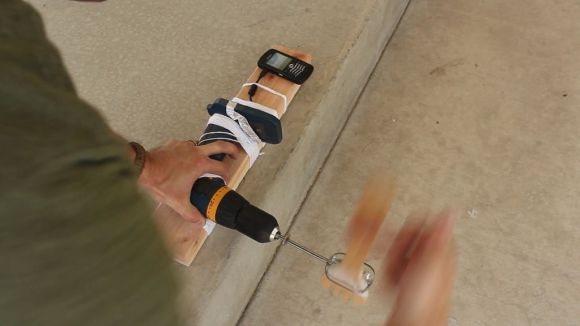
Animal testing has always been a subject of much debate. On one hand, it allows us to determine if something is probably safe for humans. On the other hand, it’s injuring and killing the very animals that help us escape that same fate. Any way you look at it, be thankful you’re not a lab rat. Being a mammal, they share a similar physiology with us. They are also easy to breed and easy to dispose of. These characteristics make them the prime subject for testing the safety of drugs and treatments that might one day be used on humans. Scientists at Waseda University in Tokyo, Japan, have created a new rat nemesis – the WR-3, a robot designed specifically to stress and depress lab animals in the name of science.
Depression isn’t normally something rats have to worry about in the wild. So, the WR-3 tries to instill it upon them. The robot has three functions: attacking continuously (relentlessly rams the victim), attacking interactively (attacks for 5 seconds whenever the victim moves, then stops), and chasing (stays right next to the victim but never attacks). The scientists found that the best way to make the rats depressed was to attack them continuously in their youth, then attack interactively as they get older.
With the data the scientists gain from these new experiments, they hope to learn more about human depression and hopefully come up with more successful treatments. There isn’t a lot of specific information we could find about the WR-3, but we’ll keep you posted.
[via Gizmodo]

















